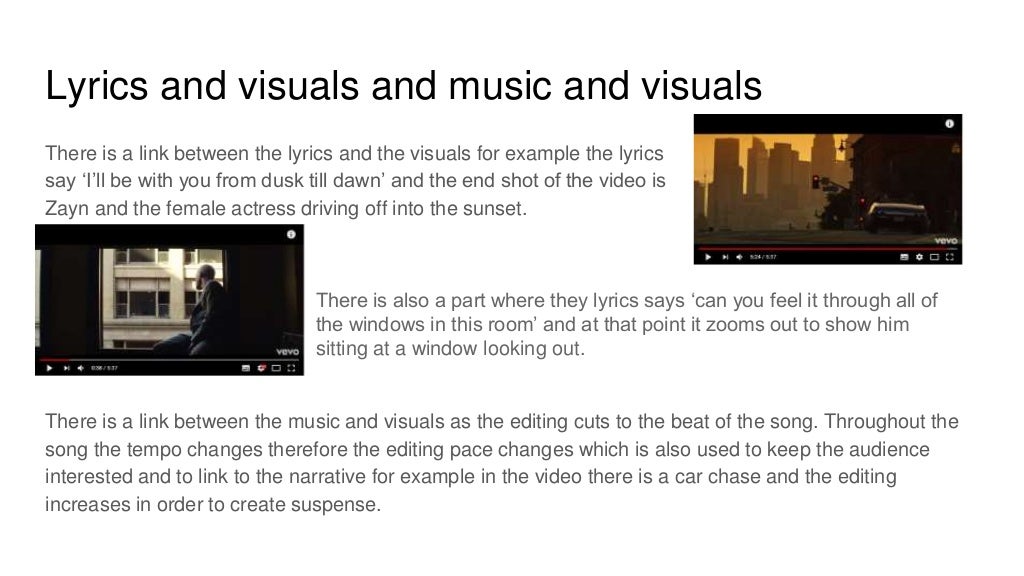


While similar to text analysis, textual analysis is mainly used in academic research to analyze content related to media and communication studies, popular culture, sociology, and philosophy. Let’s start with the basics! Getting Started With Textual Analysis What is Textual Analysis? What is computer-assisted textual analysis?.Difference between textual analysis and content analysis?.Thanks to algorithms trained with machine learning it is possible to perform a myriad of tasks that involve analyzing text, like topic classification (automatically tagging texts by topic), feature extraction (identifying specific characteristics in a text) and sentiment analysis (recognizing the emotions that underlie a given text).īelow, we’ll dive into textual analysis with machine learning, what it is and how it works, and reveal its most important applications in business and academic research: Whether analyzing data in business or performing academic research, manually reading, analyzing, and tagging text is no longer effective – it’s time-consuming, results are often inaccurate, and the process far from scalable.įortunately, developments in the sub-fields of Artificial Intelligence (AI) like machine learning and natural language processing (NLP) are creating unprecedented opportunities to process and analyze large collections of text data. Textual analysis is the process of gathering and examining qualitative data to understand what it’s about.īut making sense of qualitative information is a major challenge.


 0 kommentar(er)
0 kommentar(er)
